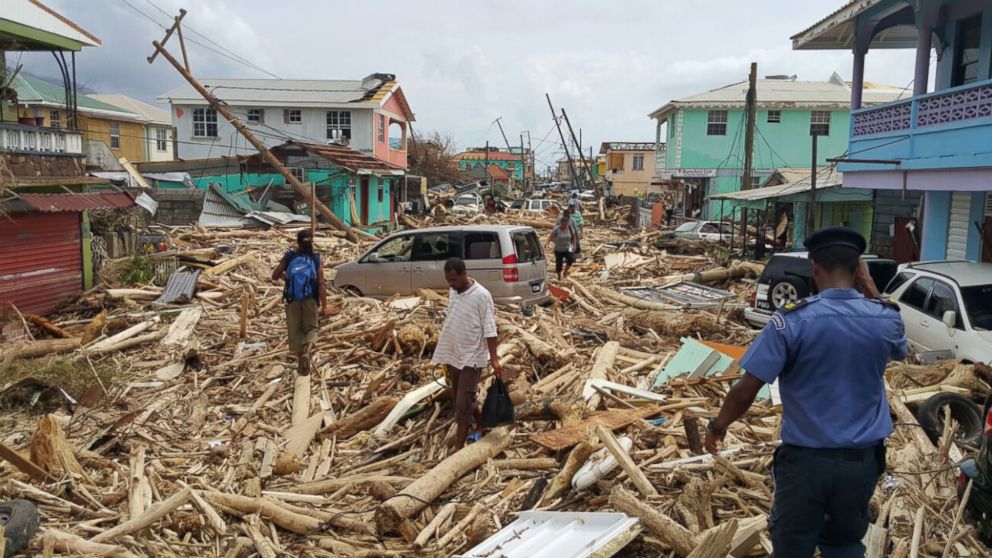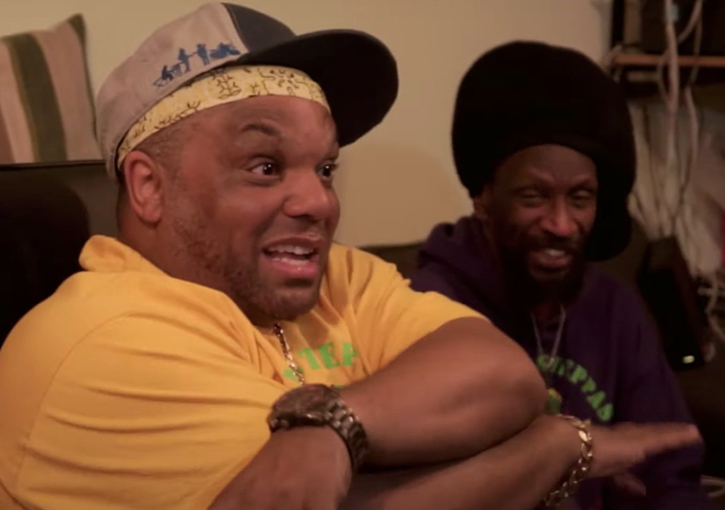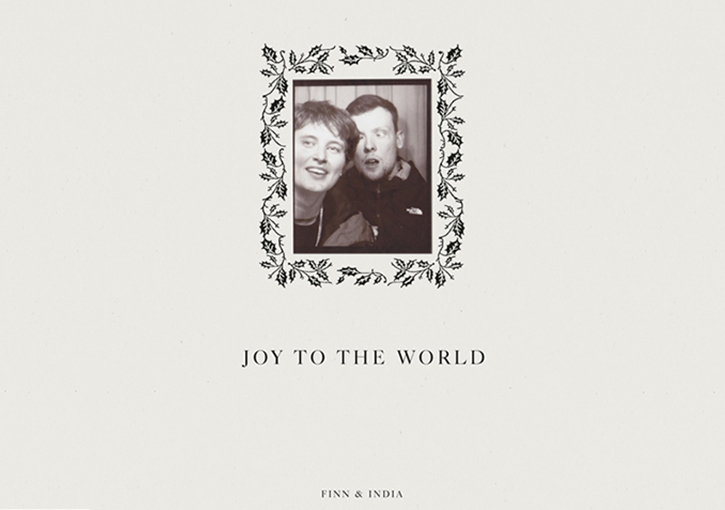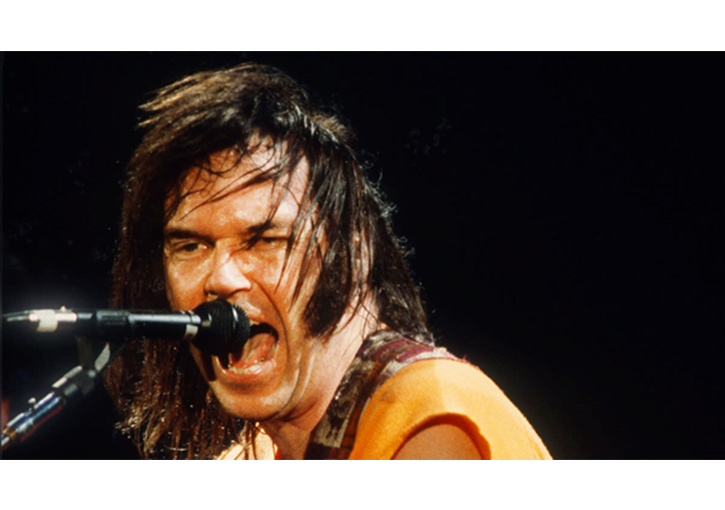Puerto Rico’s new Hurricane Maria death toll is 46 times higher than the government’s previous count
The new figure is 46 times larger then the official toll the government previously released in “December 2017”, officials first stated that “64 people died as a result of the storm”.Researchers from George Washington University revealed findings from studies on storm related deaths commissioned by the US commonwealth”s government.
“The new death toll is only an approximation, not a concrete list of names” says Rossello moving forward officials will continue their investigation and refine the official tally, Even with using the best science available It could take months, even years to come up with a complete list the number my never be accurate, the number can change it could be more or less as time passes the number may never be accurate.
The official matters because of families who lost loved ones in the aftermath of the storm are eligiable to have some funeral expenses covered by the US government.Experts say higher death tolls drive more disaster aid. And knowing precisely how and why people died can help authorities prevent future hurricane-related deaths.
A key question: Will this new figure — stemming from a study conducted at the request of Puerto Rican officials — provide any closure to families that have long argued their loved ones died because of the storm but hadn’t received any official acknowledgment?
The George Washington University study also found that the risk of dying as a result of the storm was the highest for people living in Puerto Rico’s poorest municipalities, and that older, male Puerto Ricans had a notably higher risk of death after Maria.In addition, researchers looked at how storm-related deaths were certified, and they analyzed communication about deaths after the disaster. Among the study’s conclusions: Officials did nothing to respond to public criticisms and concerns about political motivations that surged when the official tally of deaths jumped from 16 to 34 shortly after Trump visited and praised how low the storm’s death toll had been.
The governor admitted Tuesday that he’d made mistakes in handling the situation.“I agree I made mistakes. I agree on that. … This could have been done differently. I recognize all that,” he said. “However, I reject the notion that this was somehow connected to any political consideration. My only consideration is the well-being of the people of Puerto Rico. My only consideration was getting the best available information and the truth out there.” Rossello said he’d signed an executive order for a commission to begin looking at researchers’ recommendations for improving communication and the death certification process, and that a memorial would be built to honor the storm’s victims.
CNN and other news organizations have been raising questions about the official Maria death toll for months. In November, CNN reporters surveyed 112 funeral homes across the island, about half the total. Reporters found that funeral home directors identified 499 deaths they considered to be hurricane-related. In December, The New York Times estimated 1,052 “excess deaths” occurred after Maria. Others produced similar estimates. A research letter published this month in the medical journal JAMA estimated that between 1,006 and 1,272 people died in connection to the storm.
In May, a team that included researchers from Harvard University published a study in the New England Journal of Medicine estimating that 793 to 8,498 people died in Maria’s wake, a range that some academics have criticized as overly broad. The study’s midpoint estimate — 4,645 deaths — became a rallying cry for activists upset by what they see as a lack of accountability for the scale of the catastrophe by officials in Puerto Rico and the United States.
This year, CNN and the Centro de Periodismo Investigativo, or CPI, in Puerto Rico sued the island’s Demographic Registry to make public a database with information about everyone who died in the months after the storm.Using the same database, CNN reported on deaths labeled in government records as hurricane-related that were not counted by officials; and, in partnership with CPI, reported on an apparent leptospirosis “outbreak” that was not identified as an outbreak by authorities.





